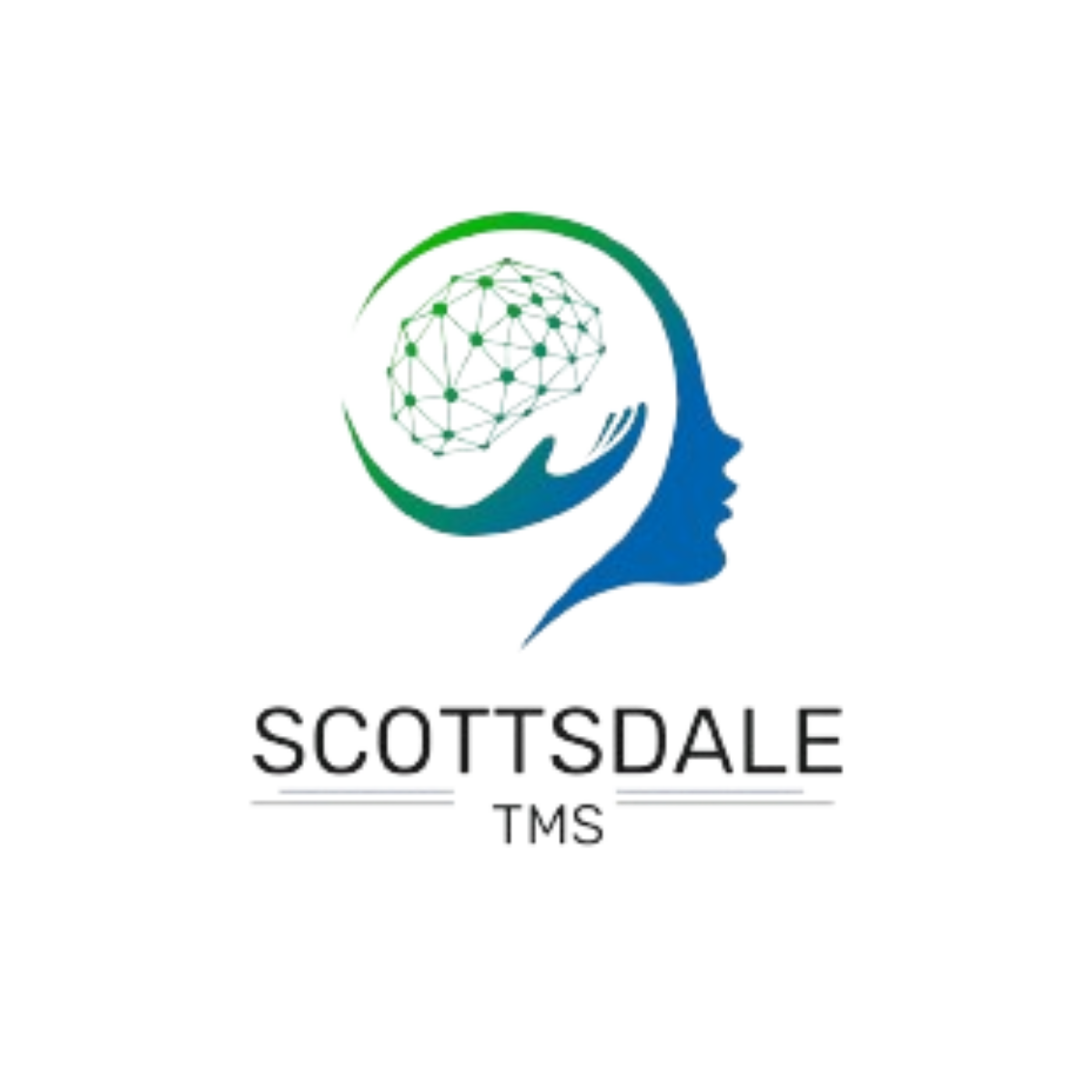Mental health care is changing fast. New therapies are giving people more choices beyond traditional medications and counseling. Two of the most talked-about treatments are Transcranial Magnetic Stimulation (TMS) and neurofeedback training.
Both aim to improve brain activity in a safe, non-invasive way. However, they work very differently. If you are struggling with depression, anxiety, ADHD, or other mental health disorders, you may wonder which option is best for you.
This article compares TMS vs neurofeedback, explains how they work, and helps you understand what to expect from each therapy.
Questions Answered in This Article:
Our Alcohol Addiction Treatment Programs

Scottsdale Rehab
Luxury Personalized Rehab

Hart Rehab
Holistic Luxury Personalized Rehab

Scottsdale Detox
Luxury Medical Detox
TMS Therapy Explained
Transcranial Magnetic Stimulation (TMS) is a non-invasive procedure that uses magnetic pulses to stimulate a specific area of the brain. A coil is placed on the scalp, and magnetic fields pass through the skull to influence brain function in targeted regions.
- How it works: TMS sends short bursts of energy into a brain region linked to mood regulation.
- FDA approved: TMS is FDA-approved for treating major depressive disorder and obsessive-compulsive disorder.
- Common use: Especially for people with treatment-resistant depression, who do not improve with medication or therapy.
What to Expect in a TMS Session
A typical TMS session lasts 20–40 minutes. Patients sit in a chair while the device delivers magnetic pulses to a specific brain region. You remain awake the whole time, and there is no need for anesthesia.
- Duration: Usually 5 sessions per week for 4–6 weeks.
- Side effects: The most common is scalp discomfort during or after treatment. Headaches may also occur but are usually mild.
Effectiveness of TMS Therapy
The therapy’s effectiveness in major depressive disorder is backed by decades of research. Around 50% to 55% of patients with treatment-resistant depression show significant improvement, and about 30% achieve remission after TMS treatment. These benefits often last long term, with many patients experiencing relief for over a year.
What is Neurofeedback?
Neurofeedback therapy is a type of biofeedback that trains the brain to regulate its own activity. It uses an EEG machine to monitor brainwave patterns in real time. Patients receive feedback through sounds, visuals, or games that show how their brain is functioning.
This feedback allows individuals to learn how to modify their brainwave patterns through operant conditioning and training exercises. The goal is to reinforce healthier brain activity and improve symptoms associated with various mental health conditions such as ADHD, anxiety, depression, and sleep disorders.
- How it works: The patient learns to change their brain activity by practicing self-regulation skills.
- Treatment goals: Improve focus, reduce anxiety, enhance sleep, and support emotional regulation.
What to Expect in a Neurofeedback Session
During a neurofeedback session, sensors are placed on the scalp to measure brainwave patterns. The data is shown on a screen in real time. Patients may play a game or watch a video that reacts to their brain’s activity.
- Duration: Sessions usually last 30–60 minutes.
- Frequency: Often 20–40 sessions are recommended for lasting change.
- Side effects: Usually minimal, though some people feel tired or develop mild headaches after a session.
Unlike TMS, neurofeedback is not yet FDA-approved specifically for treating mental health disorders, but is widely used as a complementary treatment. It is considered safer with fewer side effects, making it suitable for a broader range of patients, including children.
Effectiveness of Neurofeedback
Neurofeedback is often used for mental health conditions such as ADHD, anxiety, PTSD, and sleep disorders. Research suggests it can help regulate brain function and reduce symptoms. For example:
- Studies on ADHD show that over 70% of children improve their attention and focus with neurofeedback training.
- Research also shows that neurofeedback may support people with PTSD by reducing intrusive thoughts and hyperarousal.
Key Differences Between TMS Therapy vs. Neurofeedback Therapy
When deciding between these therapies, it helps to look at them side by side:
Mechanism of Action
TMS uses magnetic pulses generated by an electromagnetic coil to stimulate or inhibit neural activity in a specific area of the brain.
Neurofeedback involves real-time observation and modification of brainwave patterns through feedback, enabling patients to learn to self-regulate their brain activity.
Treatment Approach
TMS sessions are passive for the patient, with treatment effects often accumulating over weeks.
Neurofeedback requires active participation, with patients engaging in training exercises that evolve as brainwave control improves.
Targeted Mental Health Conditions
TMS is FDA-approved for treatment-resistant depression, OCD, and anxious depression. It shows particular efficacy in reducing symptoms in these areas.
Neurofeedback is effective for ADHD, anxiety, and improving attention and sleep, with emerging evidence in depression and other disorders.
Duration and Frequency
The typical TMS treatment involves daily sessions for 4-6 weeks. Meanwhile, neurofeedback sessions span a longer treatment course, with fewer weekly sessions but more total sessions overall.
Side Effects
TMS may cause scalp discomfort or mild headaches. Neurofeedback has minimal side effects, such as fatigue or temporary discomfort, and is considered very safe.
Cost and Insurance
TMS sessions cost around $100-$300 and are often covered by insurance due to FDA approval. Neurofeedback costs around $80-$200 per session, but insurance coverage is more limited, often requiring out-of-pocket payment.
Choosing Between TMS and Neurofeedback Therapy
Choosing the right treatment option depends on numerous factors:
Diagnosis and Medical History
If diagnosed with treatment-resistant depression or major depressive disorder unresponsive to medications, TMS is a more suitable, FDA-approved option. For ADHD, anxiety, or patients seeking gentle, gradual brain training, neurofeedback is often recommended.
Treatment Goals
TMS offers quicker symptom relief and longer-lasting impact for specific disorders. Neurofeedback promotes long-term self-regulation and brain plasticity, useful for overall mental wellness.
Lifestyle and Commitment
TMS requires more frequent visits but over a shorter timeframe. Neurofeedback demands longer engagement but fewer weekly sessions.
Side Effects Tolerance
Patients sensitive to scalp discomfort may prefer neurofeedback. Conversely, those aiming for intensive, well-studied treatment might opt for TMS.
Combined Use
Some advanced treatment plans integrate TMS with neurofeedback to prolong benefits and enhance cognitive improvements.
A healthcare professional’s evaluation is crucial to assess medical history, symptoms, and lifestyle before deciding on the treatment most likely to succeed for an individual.
Finding Help and Treatment
Both TMS and neurofeedback are part of a growing field of non-invasive treatments for mental health conditions. Researchers are exploring new ways to personalize therapy, targeting each patient’s unique brain function.
Both therapies offer hope for people with mental health disorders. Your choice should depend on your diagnosis, medical history, goals, and whether you need short-term relief or long-term self-regulation.
If you’re considering either therapy, talk to a qualified provider. With the right guidance, both transcranial magnetic stimulation and neurofeedback training can support better brain function and improved mental health.

